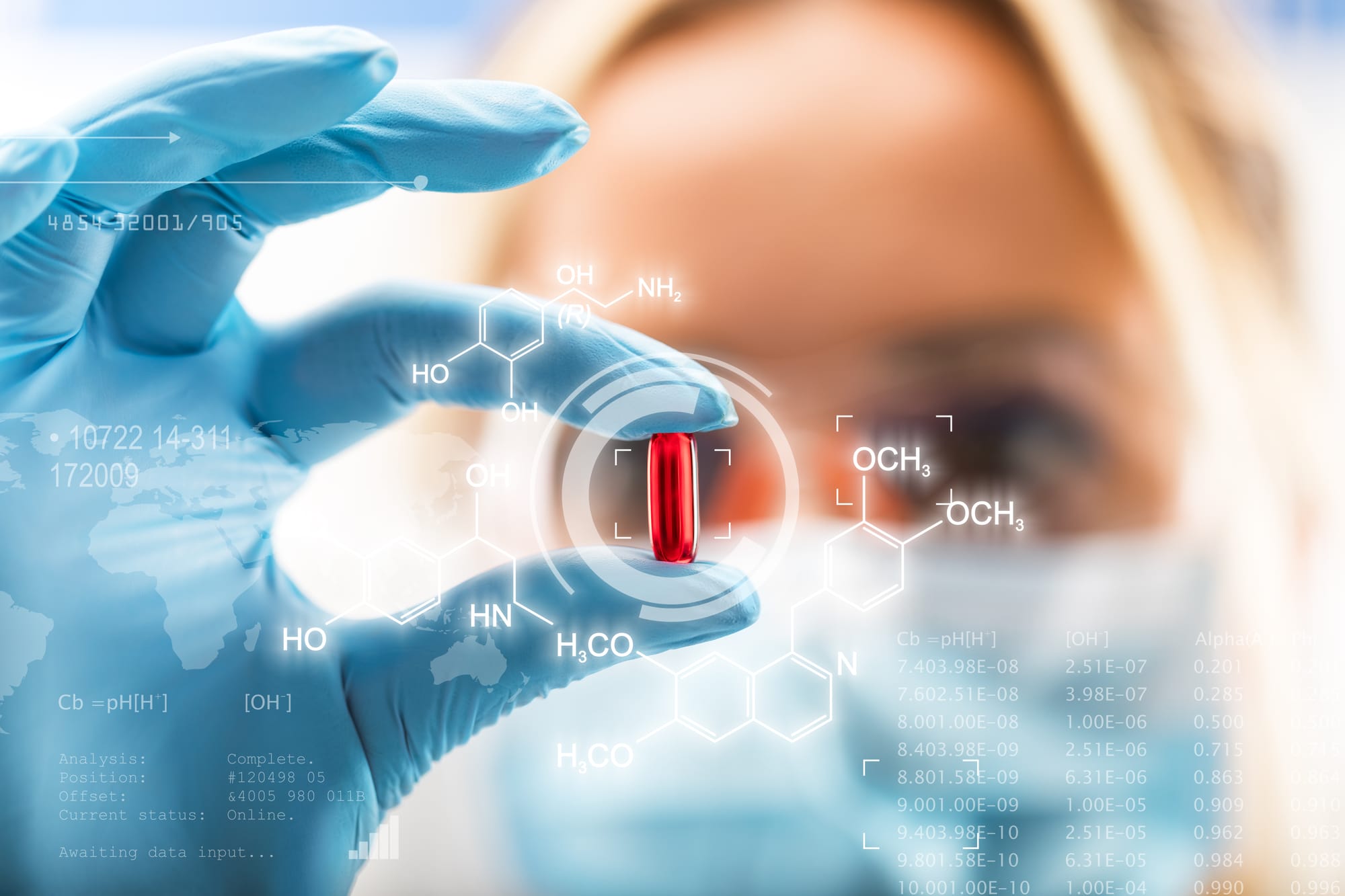How is Translation Important for Digital Aids?

What is the purpose of digital aids in healthcare?
Can a potentially life-saving mobile app truly empower a doctor if the critical information and instructions are only available in English? The answer lies in the power of translation. With the rise of digital aids in healthcare, from mobile apps to AR/VR training simulations, translation has become an essential bridge connecting these innovative technologies with a global audience of medical professionals and patients.Translation is not merely about converting text but involves localization to ensure content is culturally relevant and contextually appropriate for diverse audiences. Effective translation can transform a digital tool into a vital resource, enhancing understanding and promoting its use across different settings. In this article, we will delve into the critical role of translation in enhancing the effectiveness and reach of digital aids in the medical and pharmaceutical sectors. By exploring the significance of mobile apps, eDetailing tools, webinars, and other digital tools, we will illustrate how translation bridges communication gaps and ensures that new technology can be utilized to its fullest potential globally.
Digital aids are changing the way healthcare is delivered. Each of the following aids plays a vital role in enhancing medical education, improving patient outcomes, and facilitating effective communication within the healthcare ecosystem.
- Mobile Applications: Mobile health apps provide patients with tools to track their health metrics, access medical information, and communicate with healthcare providers. For healthcare professionals, these apps offer resources for managing patient records, accessing drug information, and staying updated with medical guidelines. Healthcare apps are becoming instrumental in improving health outcomes and fostering proactive healthcare management.
- Wearables: Wearable devices, such as fitness trackers and smartwatches, monitor various health metrics, including heart rate, physical activity, and sleep patterns. These devices provide real-time data to both patients and healthcare providers, enabling continuous remote health monitoring and early detection of potential health issues. Wearables promote the facilitation of personalized care plans for patients.
- eDetailing Tools: Pharmaceutical representatives use eDetailing tools to educate healthcare providers about new medications, treatments, and clinical data. These tools often feature multimedia elements like videos and interactive charts, making complex medical information more engaging and comprehensible. eDetailing enhances the educational experience for healthcare providers so they can be well-informed about the latest medical advancements.
- Augmented Reality (AR) and Virtual Reality (VR): AR and VR technologies are revolutionizing medical education and training. AR can overlay digital information in the real world, helping surgeons visualize complex procedures. VR provides immersive simulations for medical students and professionals to practice skills in a risk-free environment, from surgical procedures to emergency response scenarios. These technologies offer realistic, hands-on experiences that traditional methods cannot, improving both competence and confidence in medical professionals.
While digital aids have begun streamlining healthcare delivery, their true global impact is heavily dependent on effective translation, without which these tools become inaccessible and irrelevant to the international community.
How can translation help boost digital aids?
Language barriers can lead to misunderstandings and errors, particularly with complex medical terminology. For instance, a diabetes management app must provide precise instructions on medication dosage and lifestyle adjustments. Any mistranslation can result in adverse health outcomes. Effective translation ensures that critical information is accurately conveyed in the user's native language, improving adherence to medical guidelines. This precision is crucial for maintaining the integrity and safety of healthcare communications. Cultural differences significantly influence how medical information is perceived and acted upon. Health practices, beliefs, and communication styles vary across cultures. For example, a telehealth platform designed for a Western audience might not resonate with patients in Asia or Africa due to differing doctor-patient relationship dynamics and health practices. Localization goes beyond translation by adapting content to reflect these cultural differences, ensuring it is relevant and acceptable to diverse populations. This can involve altering visual elements, modifying examples, and adjusting the tone of the content to align with local cultural norms. Regulatory compliance is another critical challenge. Different countries have varying healthcare regulations and data protection standards. Compliance with local regulations is crucial for the successful deployment of digital aids. Regulatory compliance is another critical challenge. Different countries have varying healthcare regulations and data protection standards. Compliance with local regulations is crucial for the successful deployment of digital aids. For instance, the European Union's General Data Protection Regulation (GDPR) imposes strict requirements on data privacy and protection, impacting how digital health tools handle patient data. Similarly, in the United States, the Health Insurance Portability and Accountability Act (HIPAA) sets standards for the protection of health information. Translation and localization help ensure that digital tools meet these regional legal requirements, thereby avoiding legal issues and gaining the trust of local users. This process involves accurately translating legal terms and adapting privacy policies to comply with local standards. The usability of digital aids is greatly influenced by how well they are localized. This includes not just translating the text but also adapting the user interface to local preferences and behaviors. For instance, the design and navigation of a mobile app should be intuitive for users in different regions, considering their specific needs and usage patterns. Effective localization enhances the user experience, making the tool more user-friendly and increasing its adoption rate. When these challenges are addressed through meticulous translation and localization, digital aids become more widely accepted in the healthcare community. This is especially crucial for the pharmaceutical industry, where the quality of information can significantly impact the effectiveness of drug marketing and education.
Wendy Farrell